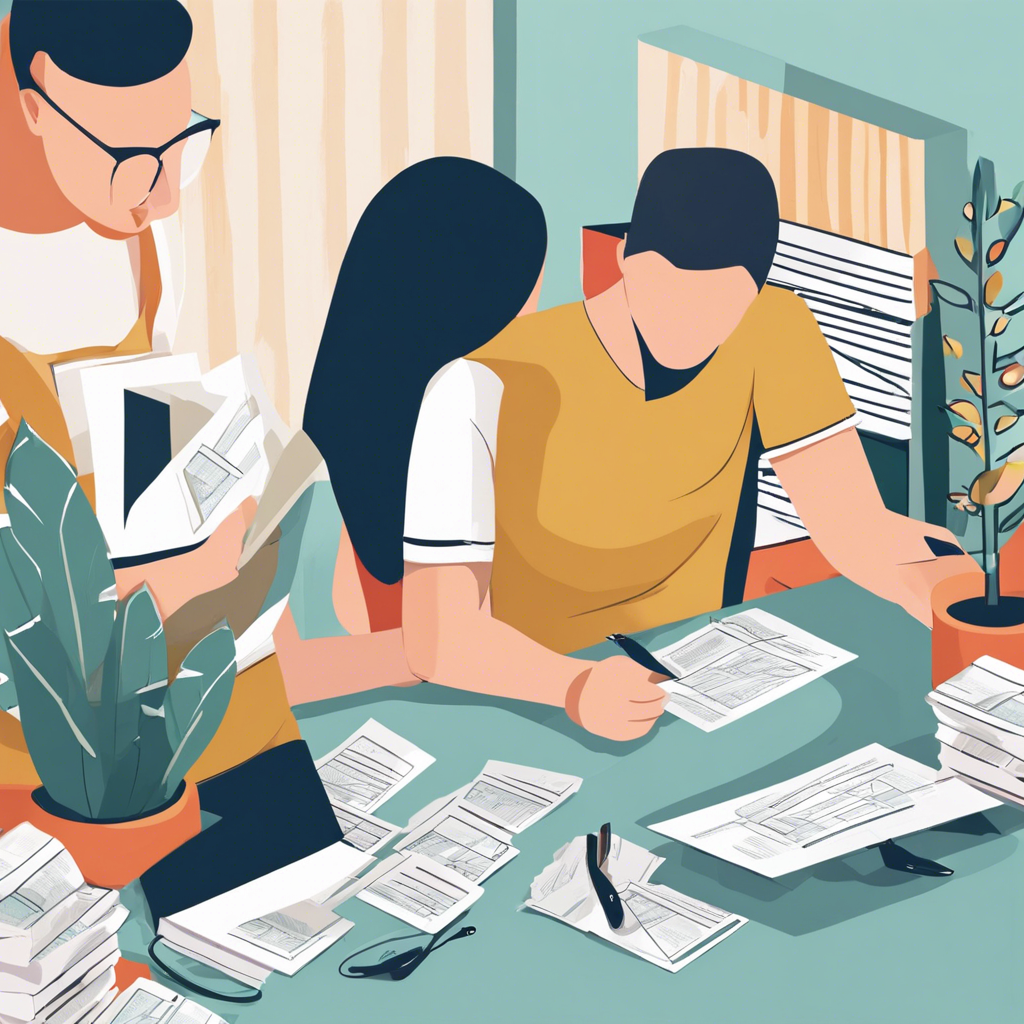Becoming debt-free is a goal that many aspire to achieve, and it’s certainly attainable with the right plan and dedication. While it may seem daunting at first, there are proven strategies that can help you break free from debt within a year. So, if you’re ready to take control of your finances and embrace a life of financial freedom, let’s dive into our step-by-step guide to achieving this important milestone.
Assess Your Debt and Create a Plan
The first step to tackling your debt is understanding its scope. Gather all your debt information, including credit card balances, loan amounts, interest rates, and monthly payments. Creating a comprehensive spreadsheet can help you visualize the totality of your debt and make it easier to track your progress. Once you have a clear picture, set a realistic timeline for becoming debt-free, whether it’s 12 months or a more extended period. This plan will serve as your roadmap, helping you stay focused and motivated.
Reduce Expenses and Increase Income
Getting out of debt requires a two-pronged approach: reducing your expenses and increasing your income. Examine your spending habits and identify areas where you can cut back, such as eating out less or canceling unnecessary subscriptions. Every dollar saved can go directly towards paying off your debt. Additionally, look for opportunities to boost your income, whether through negotiating a raise at your current job, taking on a side hustle, or selling unwanted items online.
Prioritize High-Interest Debt
Not all debt is created equal. Focus on paying off debts with the highest interest rates first, as these tend to cost you the most over time. Common examples include credit card debt and payday loans. By targeting these debts initially, you’ll save money on interest and accelerate your progress. However, don’t forget to continue making minimum payments on your other debts to maintain a good credit score.
Build an Emergency Fund
Life is unpredictable, and unexpected expenses can easily derail your debt repayment journey. That’s why building an emergency fund is crucial. Aim to save enough to cover at least three to six months’ worth of living expenses. This will provide a financial cushion should unforeseen events arise, such as a job loss or medical emergency, ensuring that you don’t have to rely on high-interest credit options.
Stay Motivated and Seek Support
Getting out of debt can be a challenging journey, both financially and emotionally. It’s important to stay motivated by setting short-term goals and celebrating your successes along the way. Share your plans with supportive friends and family who can encourage you and help keep you accountable. There are also numerous online communities and personal finance blogs where you can find inspiration and connect with others on a similar path.
Consider Debt Consolidation Options
Depending on your circumstances, consolidating your debt could make it more manageable. Debt consolidation involves taking out a new loan with a lower interest rate to pay off multiple existing debts. This simplifies your repayment process and may reduce the total interest you pay over time. However, be cautious and ensure that the terms of the consolidation loan are favorable and won’t leave you in a worse financial position.
Maintain Financial Discipline
Achieving debt freedom is a significant milestone, but it’s only half the battle. Maintaining financial discipline is crucial to ensuring that you stay debt-free in the long term. This involves sticking to a budget, continuing to spend wisely, and saving for the future. It’s also important to build and maintain a strong credit score, which will help you access loans with favorable terms for future purchases, such as a home or car.
